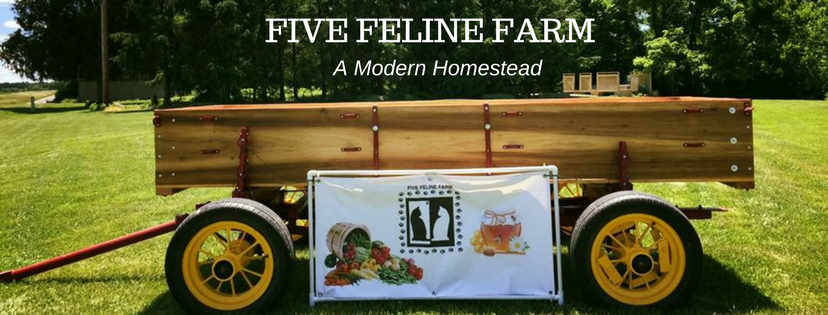 Everyone is telling you how to choose your food these days. Diets abound, but this is a quick primer on a few of the terms involved in food choices and our take on each one.
Everyone is telling you how to choose your food these days. Diets abound, but this is a quick primer on a few of the terms involved in food choices and our take on each one.
Non GMO (Genetically Modified Organism)
Scientists have genetically modified some of our food crops to enhance production.
The genes of some plants have been altered in the lab by inserting a gene from a different plant. The most common example is corn and soybeans altered to tolerate the weed killer Roundup. But did you know that canola oil now has an altered fatty acid composition due to genetic modifications?
Organic
Organic food has a special designation and oversight. There are strict standards that must be adhered to if one is going to label a food organic. This also comes at a cost. Organic food producers must meet these regulations and pay fees to label their food organic.
Organic simply means nothing artificial has been done to the seed, plant, soil, water, or fertilizer.
Naturally Grown
This is what we do at Five Feline Farm. We use non GMO seed. There are only natural (read compost) amendments to the soil. Any pesticides are house-made from natural ingredients.
We’re ok with misshapen fruits and vegetables.
Although not organic, we think it’s pretty close.
Clean Eating
This term has come into vogue in the past few years. The most basic definition is to consume only whole foods that would have been recognized by the generation before World War II. Foods that are not processed from an unrelated substance with ingredients that can be read and pronounced by a middle schooler.
Prior to WW II and the dawn of the information age, life moved at a slower pace. Families took time to come together over a meal and share their day. People in rural areas grew a lot of their own food, “putting it up” or “putting it by” to get through the cold winter months. City folks shopped at local grocers. Large multi-line stores were non-existent.
People ate local food in that era. Perishable foods would not make the long journey across country or continents. Anything that was shipped a distance was cost prohibitive for the average consumer.
Our Plan
We are into modern retro-food.
Yes, it’s a new term we made up. Taking advantage of new cooking techniques and the occasional long distance food, most of what we eat is local. Whole foods that Grandma would know. Nothing we can’t pronounce.
We grow and preserve as much as possible here on the Farm. What we do buy gets a thorough label examination. Looking for ingredients we can pronounce or resembles a food more than a lab ingredient. The fewer ingredients the better.
We aren’t perfect in this effort. But each meal and each purchase is an opportunity to make a good decision. In the end we feel better, physically and emotionally.
Your Turn
Join us in this effort to make better food decisions. Take one meal, one food, one day. Whatever works for you.
Eat a whole food. Read labels.
Make one food choice that is closer to the way Grandma used to eat.
Shop local.
Send us a message through email, Facebook, Twitter, Instagram and let us know what good food decision you made today.

 Everyone is telling you how to choose your food these days. Diets abound, but this is a quick primer on a few of the terms involved in food choices and our take on each one.
Everyone is telling you how to choose your food these days. Diets abound, but this is a quick primer on a few of the terms involved in food choices and our take on each one.
